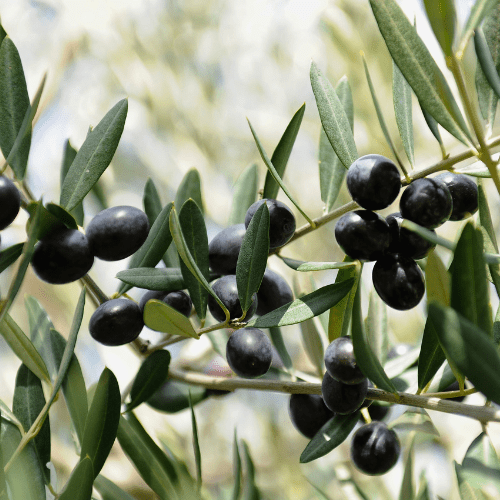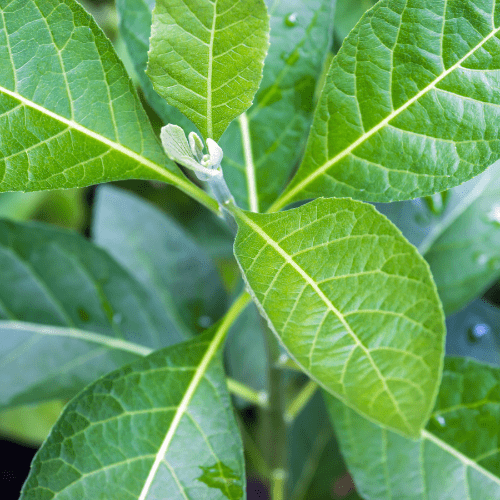Position
Plant a plum tree in full sun in a spot that is sheltered from the wind, if possible. It is frost-hardy but cannot tolerate very heavy frost.
Size
Your plum tree can grow to a height of about 5 metres when mature.
Soil Type
Plum trees prefer a soil with a pH that ranges from 5.5 to 6.5. The average garden soil is around 6.5 to 7. Add a bag of acid compost to the hole to reduce the pH.
Watering
After transplanting your tree, water it well and check every second day to ensure the soil is wet. After about a week, reduce your watering to once a week in winter. In hot, dry summers, provide plenty of water.
Mulch
Place a thick layer of pine bark mulch around the tree to help with water retention. This will decompose and maintain the soil acidity. Be careful not to let it touch the trunk, though, as it can cause infection and rot. Mulch your plum tree every 3 to 4 months.
Fertilising
Use our slow-release nitrogen-rich all plant fertiliser. Apply 1 teaspoon every 4-5 months. The roots will absorb what they required.
Pruning
Pruning increases the fruit yield and makes for a healthier tree. Young plums are generally pruned in early spring before the buds start. In September, cut back the dry twigs just above a bud. Once your tree is established, it’s important to prune only branches that have not produced fruit in that year. Remove all dead wood and dispose of it. Trim all side shoots to 6 leaves from their parent branch to encourage fruiting next year.
Pests and Diseases
Regularly inspect your plum trees for signs of pests and diseases.
Aphids, plum mites, and scale insects can infest plum trees. Watch for signs of infestation and remove fallen fruit and debris to maintain good garden hygiene.
Prune trees to improve air circulation and reduce the spread of diseases. Remove and destroy infected plant debris to reduce disease spread.
Treat promptly or preferably use preventative measures by spray with agricultural Neem Oil or Effective Microorganisms (EM Control)
Thinning Fruit
Thin fruit in early summer when they are small, to promote larger, healthier fruit and prevent branch breakage due to excessive weight.
Harvesting
Plums take 3 to 4 months to ripen from the time of the blossoms. They will go from being hard and green to purple and relatively soft. They will stay ripe on the tree for about 2 weeks, after which they’ll be overripe and fall onto the ground.






